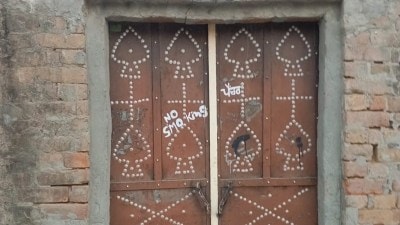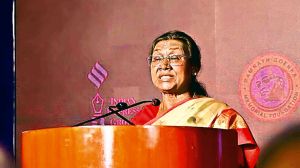Orissa simmers under heat wave, 25 dead in three weeks
It’s not even May and the soaring temperatures have already taken their toll in Orissa. Over the last three weeks, the heat wave has killed 25 people in the state.

It’s not even May and the soaring temperatures have already taken their toll in Orissa. Over the last three weeks, the heat wave has killed 25 people in the state. In Talcher and Angul coal belt, temperatures are hovering at 45 degrees Celsius— 7 to 8 degrees above normal. On Tuesday, the state announced closure of all schools for summer vacation, at least a week in advance.
Elsewhere in the country too, the temperature is on the up. If Varanasi in Uttar Pradesh reeled under 43 degrees Celsius on Monday, Hisar in Haryana was simmering at 41.8 degrees. On Tuesday, Dholpur in Rajasthan recorded the highest temperature of the season at 42.4 degrees Celsius. The Met Department has predicted a hotter day for Delhi on Wednesday with the mercury touching 41 degrees Celsius.
May has been getting crueller in India over the past few years. According to the Met Department, the summer of 1998 was the worst in the past 50 years. It took a toll of 1,300 human lives, of which 650 were lost in Orissa alone. During this period, a few places in Rajasthan experienced temperatures in excess of 49 degrees Celsius. Delhi recorded 46.5 degrees Celsius on May 28. The highest maximum temperature of this century — 47.2 degrees Celsius — was recorded in Delhi on May 29, 1994.
Orissa has continued to lose lives to the heat wave, with 91 dead in 1999, 29 in 2000, 25 in 2001, 41 in 2002, 67 in 2003, 43 in 2004 and 53 in 2005.
In June 1995, 357 people lost their lives due to severe heat wave condition that prevailed over northwest India.
In the past 25 years, average global temperature has risen by 0.6°C. The World Meteorological Organisation estimates that the number of heat-related deaths could double in less than 20 years.




- 01
- 02
- 03
- 04
- 05



























